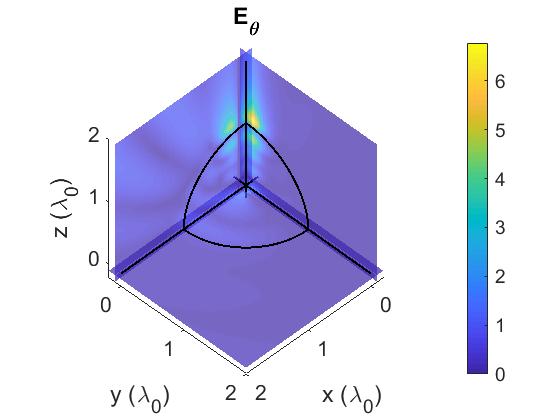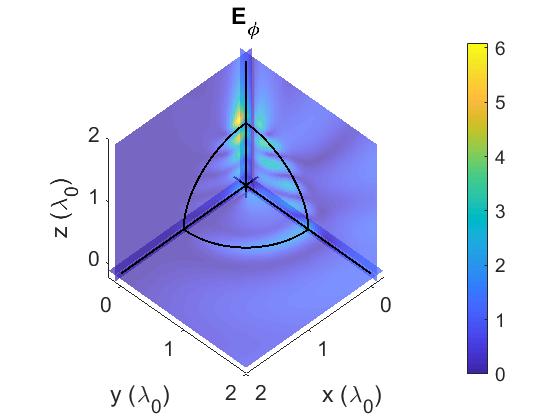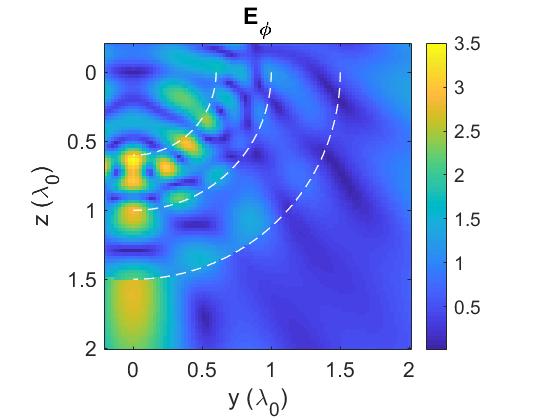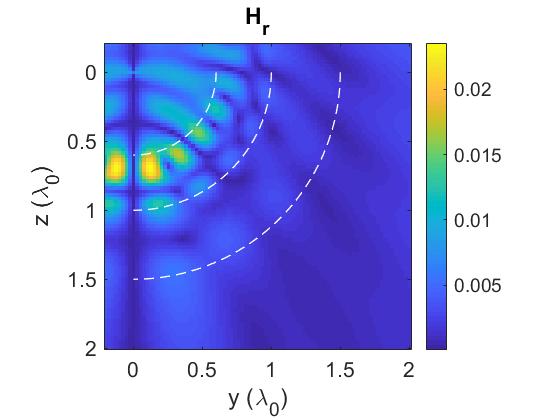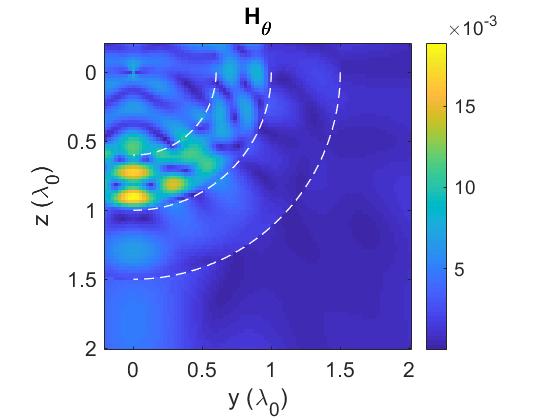

| Research Interests |
| Education |
| Work Experience |
| Patent |
| Publications |
| Affiliation |
| Code for Fun |
| Writings for Fun |
| Resume (PDF) |
| Modified: $Date:: 2018-09-01 02:48:45 -0400 (Sat, 01 Sep 2018) $ |
| McGill University | Montreal, QC |
| Ph.D. in Electrical Engineering | May 2011 |
| University of New Brunswick | Fredericton, NB |
| M.Sc. in Electrical Engineering | Oct 2005 |
| B.Sc. in Computer Engineering | May 2003 |
| ANSYS, Inc. | Canonsburg, PA |
| Lead research and development engineer, Electronics Business Unit (Signal integrity and power integrity) | Aug 2019 - Present |
| Senior research and development engineer, Electronics Business Unit (Signal integrity and power integrity) | Aug 2015 - 2018 |
| Research and development engineer II, Electronics Business Unit (Signal integrity and power integrity) | Jan 2013 - Jul 2015 |
| University of Toronto | Toronto, ON |
| Post-doctoral fellow, Electrical and Computer Engineering (Precursor field theory) | Sep 2011 - Dec 2012 |
| McGill University | Montreal, QC |
| Research associate, Physics (Parallel computing) | May 2011 - Aug 2011 |
| Research assistant, Electrical and Computer Engineering (Microwave breast imaging) | Nov 2005 - May 2010 |
| University of New Brunswick | Fredericton, NB |
| Research assistant, Electrical and Computer Engineering (Wireless communications) | Jan 2004 - Aug 2005 |
| IBM Canada Ltd. | Markham, ON |
| Industrial internship, Toronto Software Lab (E-commerce) | May 2001 - Aug 2002 |
| Member, IEEE | 2006-Present |
| Member, IEEE Antenna and Propagation Society | 2007-Present |
| Member, IEEE Microwave Theory and Technologies Society | 2007-Present |
| Member, Society for Industrial and Applied Mathematics | 2011-Present |
| Images | [--] |
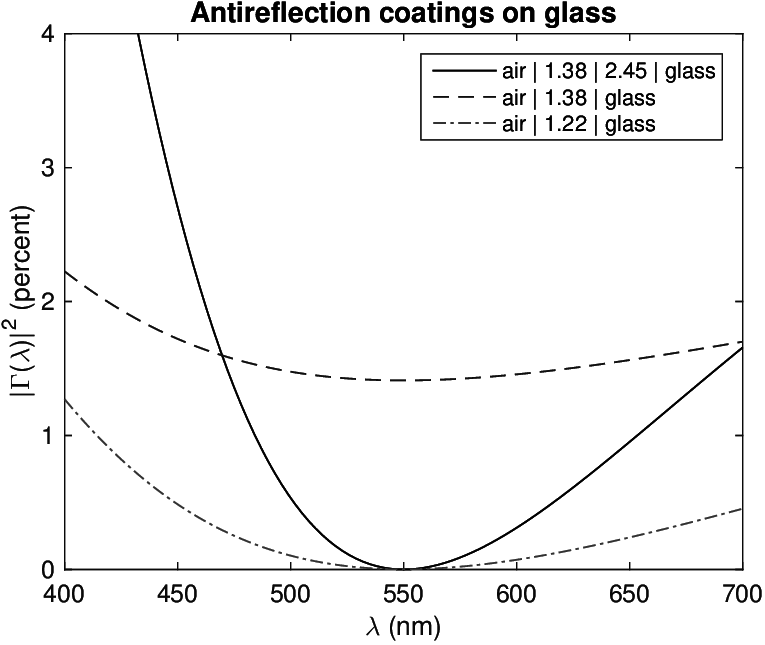
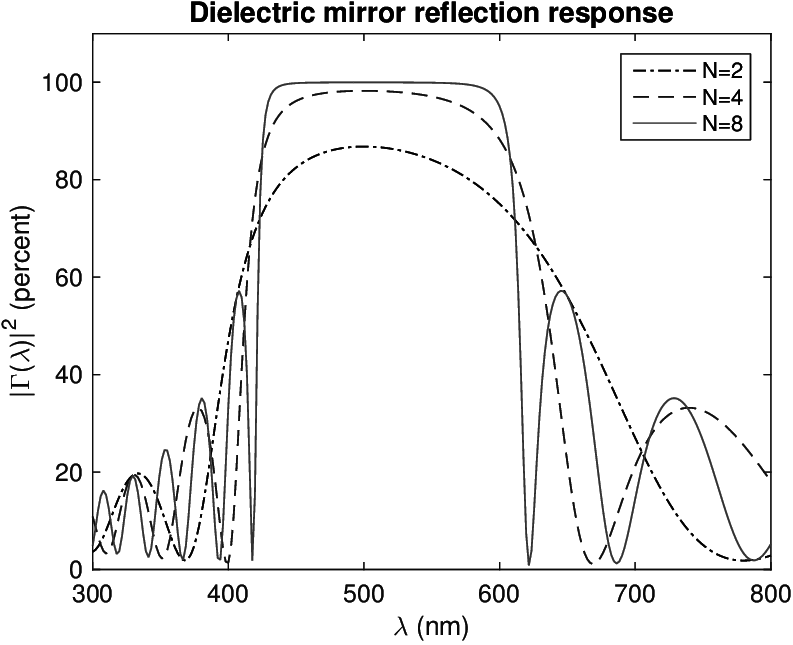
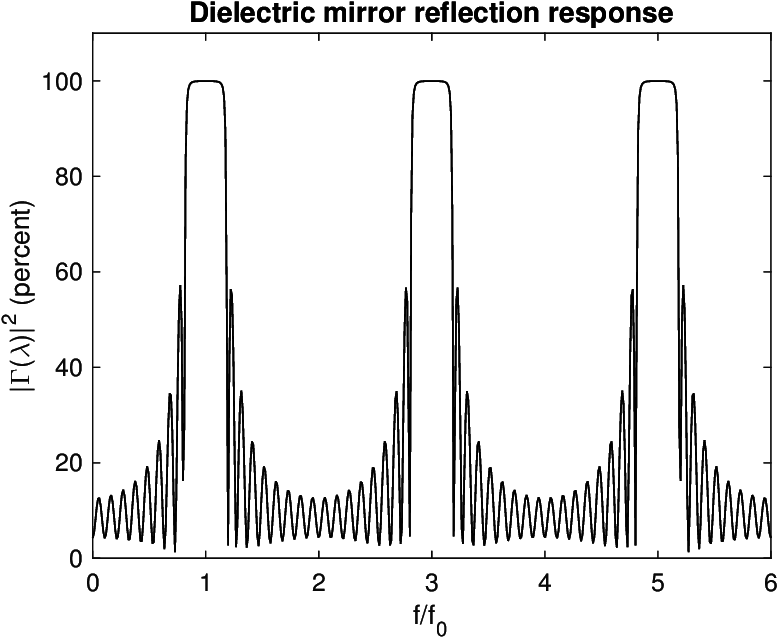
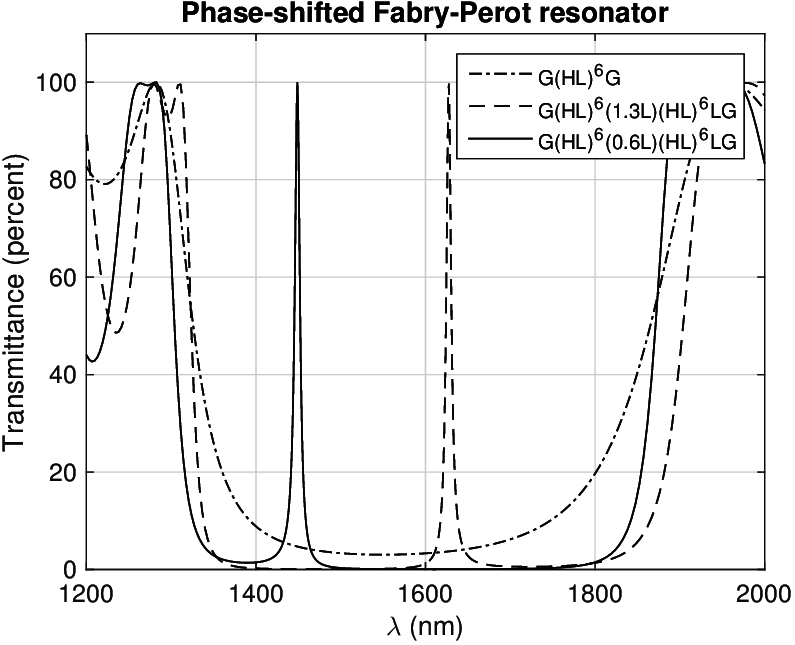
| Images | [--] |
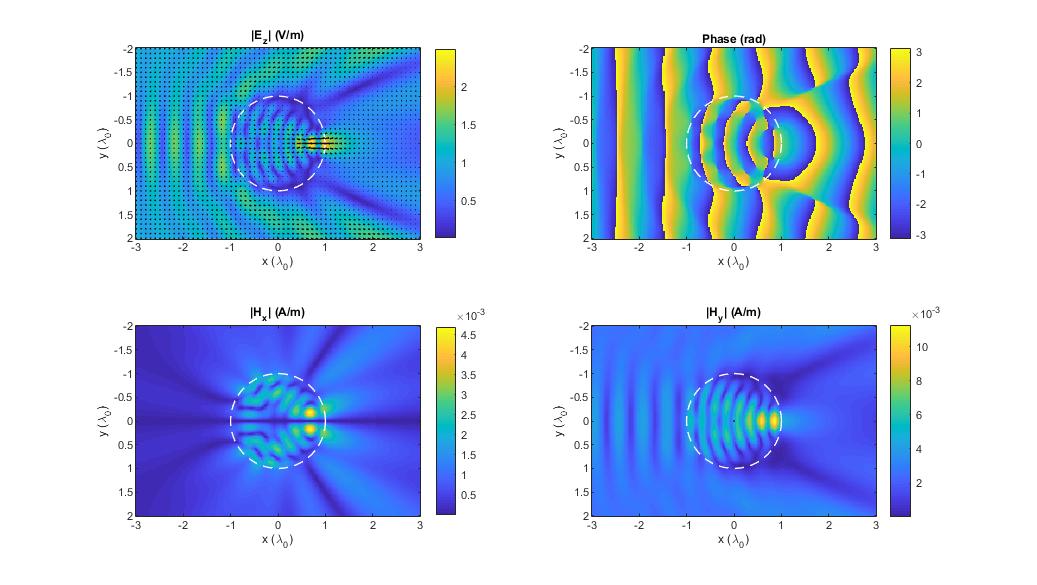
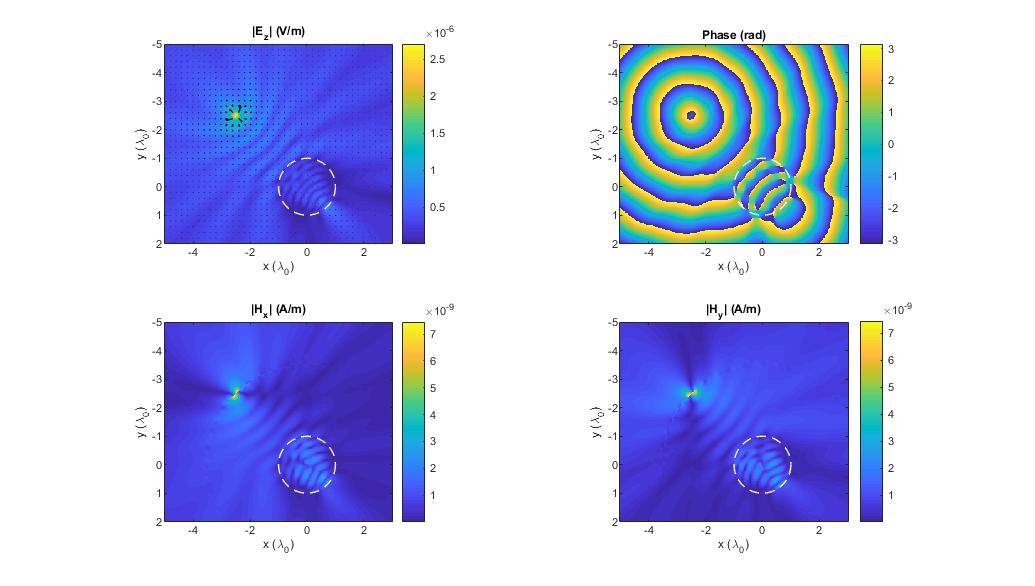
| Images | [--] |

